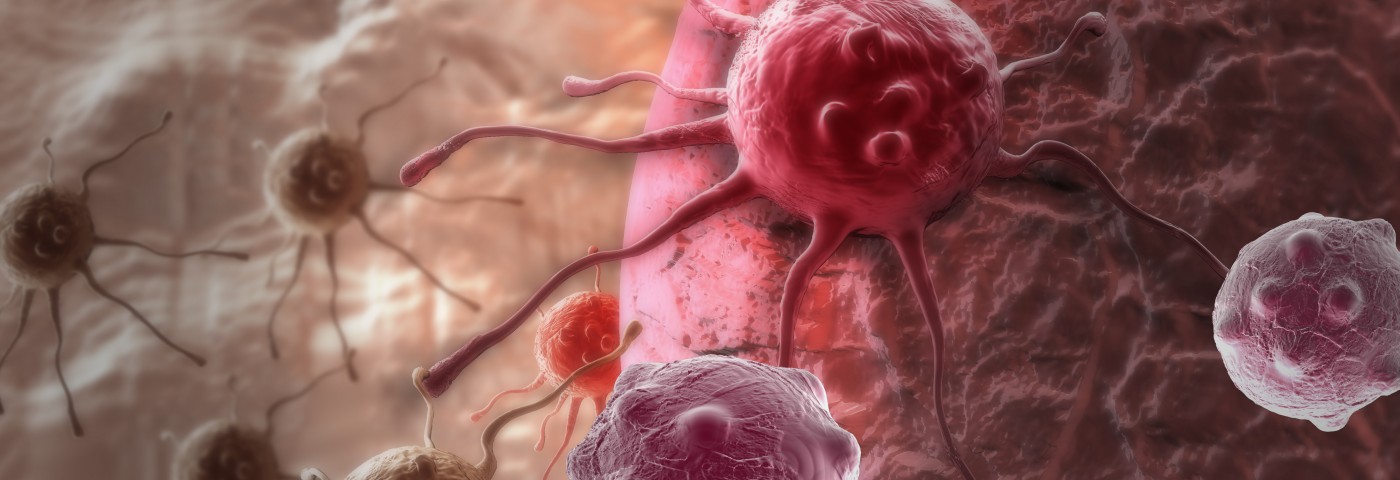Two proteins, murine double minute 2 (MDM2) and HIF1alpha, are potential molecular markers of the two most aggressive subtypes of malignant pleural mesothelioma (MPM), according to data presented in a new study entitled “MDM2 and HIF1alpha expression levels in different histologic subtypes of malignant pleural mesothelioma: correlation with pathological and clinical data” and published in the journal Oncotarget.
MPM is a rare but aggressive tumor, usually found in people who have been exposed to high levels of asbestos. Patients’ prognosis is poor and there are limited treatment options due to high refractoriness to chemotherapy and radiotherapy. MPM is classified according to its different histological patterns in three main subtypes: epithelioid (50%), sarcomatoid (16%), and mixed type or biphasic (34%). Currently, however, there is a lack of molecular markers identifying each of these subtypes (an important point when considering that sarcomatoid/biphasic mesotheliomas are especially aggressive and resistant to systemic treatments).
Researchers investigated the expression levels of two specific proteins, MDM2 and HIF1alpha, in different histologic subtypes from chemo-naive MPM patients. MDM2 is a protein that in unstressed conditions is bound to p53, a major tumor suppressor gene, targeting its degradation; additionally, MDM2 was shown to stabilize HIF1alpha, a key factor in promoting neoangiogenesis, i.e., the formation of new blood vessels to supply cancerous tumors. The research team suggested that MDM2 may promote tumor growth.
In total, 60 chemo-naive MPM patients were included in the study, with 32 patients belonging to the epithelioid subtype (group 1), and 28 patients to the non-epithelioid (13 biphasic and 15 sarcomatoid) (group 2). Mesothelioma samples from all MPM patients were collected during diagnostic biopsies across four Italian cancer centers.
The team found higher levels of expression of MDM2 and HIF1alpha mainly in sarcomatoid/biphasic subtypes, and these increased levels correlated with necrosis and higher proliferation rates (in agreement with this subtype aggressive phenotype). Higher levels of inflammation were significantly associated with the epithelioid subtype.
The findings suggested that MDM2 and HIF1alpha may work as molecular markers in the two main histologic subtypes of MPM. Additional studies are required to confirm the potential prognostic and predictive value of these markers, which will allow in the future the design of more targeted therapeutics against each MPM subtype.


